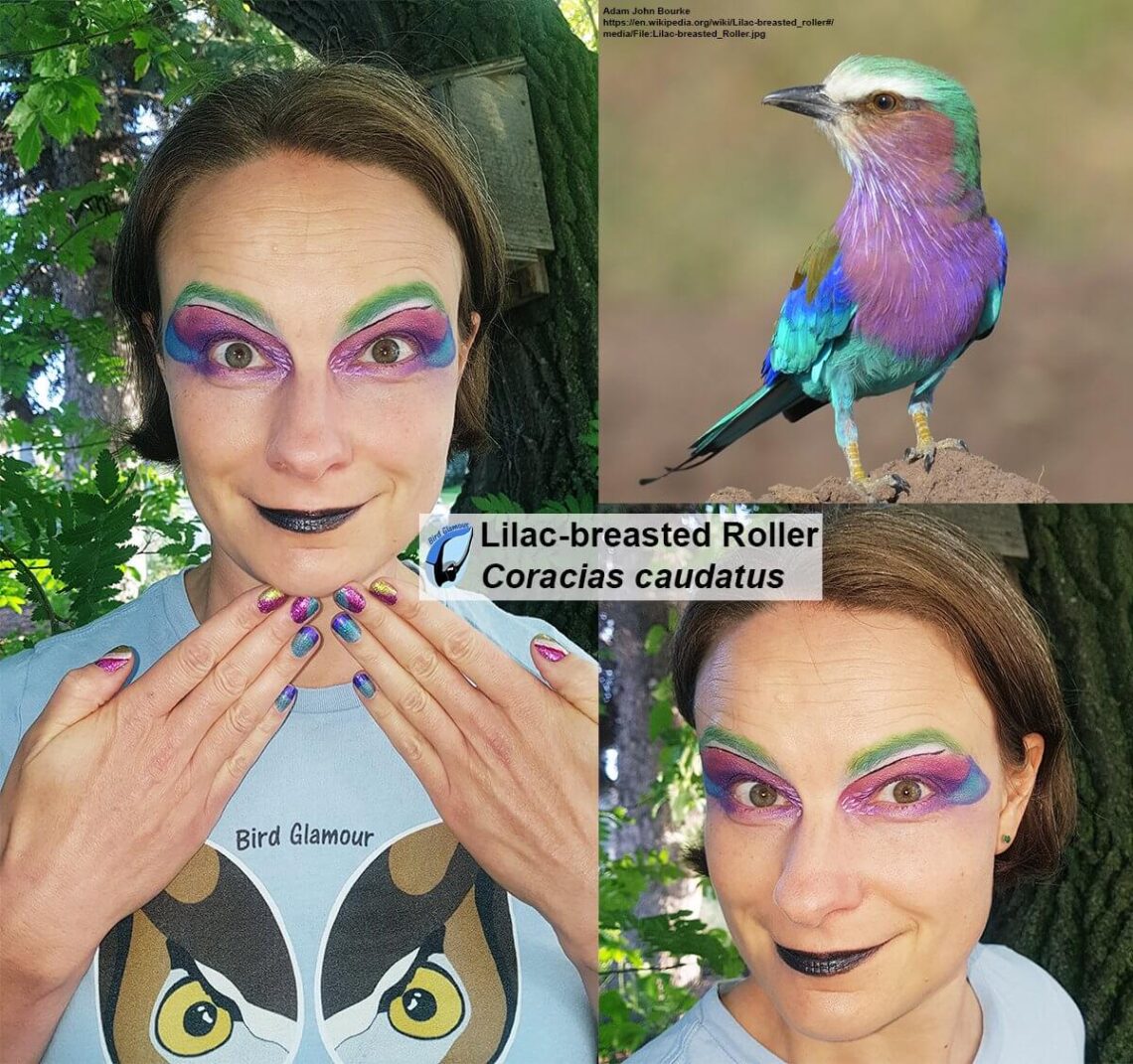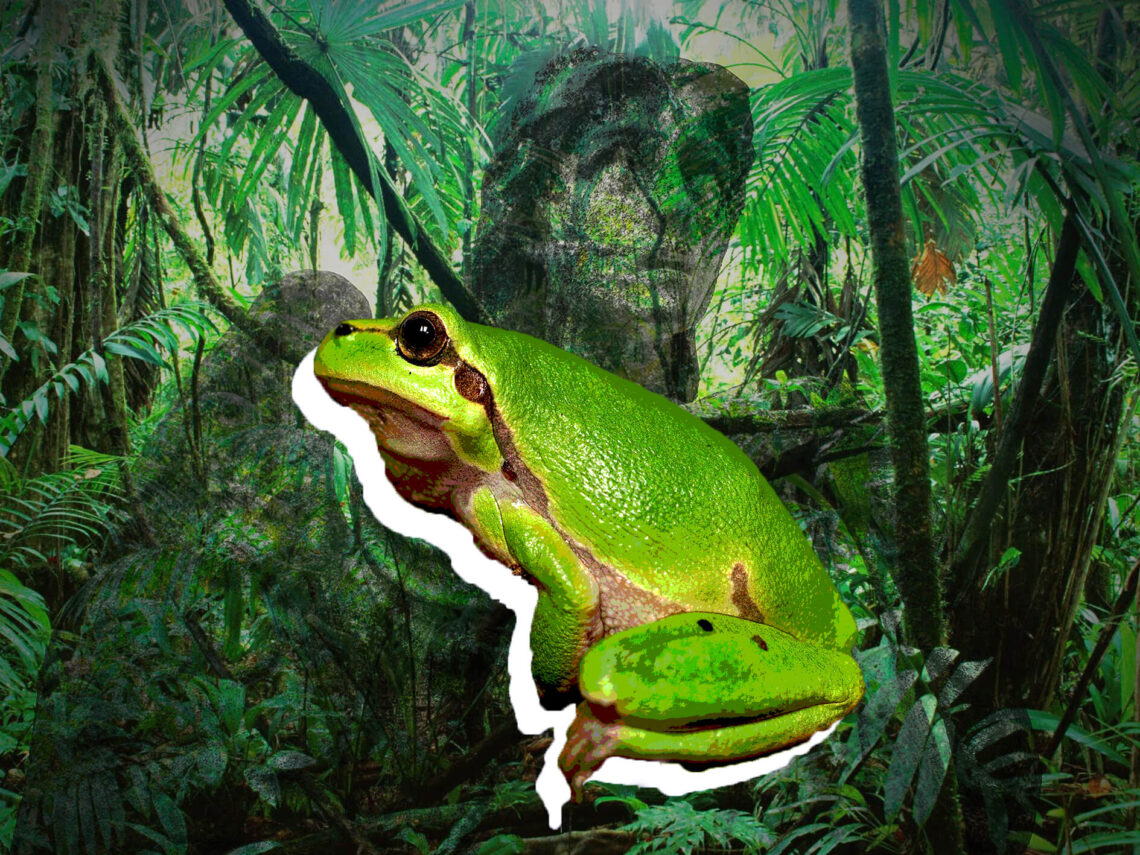What are microbes doing for animals? We all contain multitudes [1], and the microbiome field has grown by leaps and bounds. Most work has been done in humans and other model animals such as mice, where conditions can be very well controlled in the lab. However animals also have their own microbiome, including those in the wild, as well as domesticated animals, which can have effects on ecology and agriculture. Dr. Sue Ishaq explains this further in her story of how she started working in the field of the microbiome, microbiology and genomics of animals, taking a few left turns…
-
-
The wolf of the sea needs our help. When we think of sharks, we immediately conjure up images of villainous, scary creatures that can tear us apart limb from limb. Every megalomaniac in the movies has kept a pool full of sharks to liquidate their enemies. But what if you realize that sharks are actually in danger of dying out, and need our help to conserve their species as well as their habitats? I interviewed Melissa Marquez who studies sharks in their natural habitat, and she talks about how the public perspective about sharks needs to change, and what we…
-
What is more exciting than looking for dinosaurs? Dinosaurs have captured human imagination across the globe through popular culture. The thrill of finding remnants of these almost mythical creatures that lived thousands of years ago, and putting together the puzzle of their nature has been the driving force of the field of paleontology for years. Some lucky individuals are in the driver’s seat of researching the pre-historic, and one of them is Dr. Lisa Buckley. Lisa is a vertebrate paleontologist, who specializes in the study of the tracks and traces of Mesozoic animals, specifically Cretaceous-age (145 million years ago to 66…
-
A microbe protects frogs from an infectious one. A lucky frog sits on a leaf in the highlands of Panama. Of all the frogs in its little community, it was one of only a handful that survived a deadly plague. Now, you could think that the frog was innately immune and was able to fight off the potent fungus called Batrachochytrium dendrobatidis. If you thought that, you’d be wrong. The frog wasn’t immune at all, but it did have a guardian, protecting it from the ravages of the plague. It wasn’t an angel guarding the frogs back though: it was…




